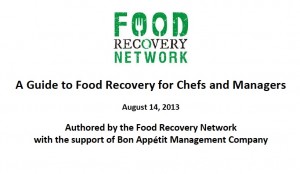Today the Food Recovery Network, a student run organization dedicated to recovering leftover food from college campuses to give to those in need, will be rolling out the newest resource for their organizing toolkit: A Guide to Food Recovery for Chefs and Managers (PDF). Bon Appétit Management Company is proud to have partnered with FRN to create this resource, which is specifically designed to help campus dining services at schools around the country — not just Bon Appétit ones — work with students to launch food recovery programs.
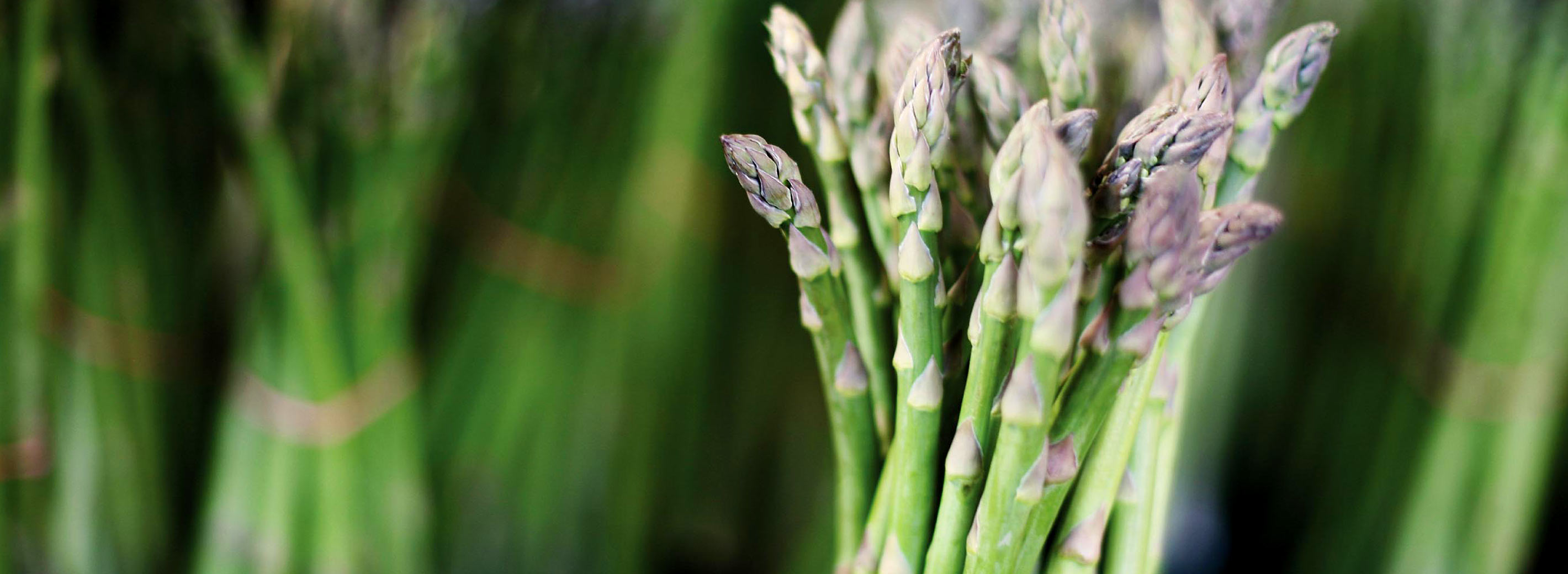
Blog: Food waste
+ Blog Categories
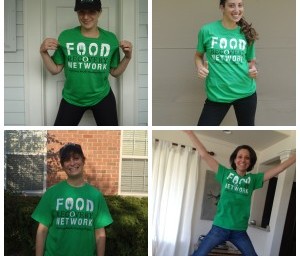
The Green Team: Fighting Food Waste, One College at a Time
- Blog
The Bon Appétit Fellows are gearing up for the start of the school year and thanks to our partnership with the Food Recovery Network (FRN) we have some exciting new programs to look forward to.
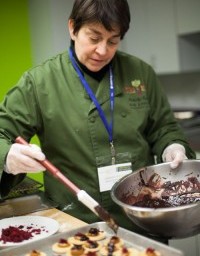
Regional Operations Shares Stem to Root Program with Public
- Blog
At a special event at Catersource headquarters’ test kitchen in Minneapolis, Bon Appétit Management Company chefs and staff shared the new Stem to Root program as part of a series showcasing new, inspiring catering and culinary trends.
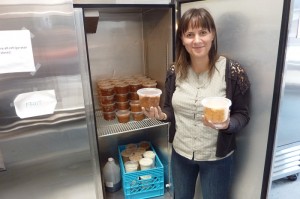
Reed, Lewis & Clark Colleges Show that a Little Food Goes a Long Way
- Blog
When our chefs at Reed and Lewis & Clark Colleges first sat down with Ava Mikolavich from Urban Gleaners to discuss a food recovery program they were skeptical of how much food they could actually donate. Yet since April, the two cafés have donated a total of more than 5,000 pounds of food!
Still, as Dani Turk from the hunger relief organization Food Life Line once said, “Though it may seem like nothing, one piece of lasagna is still a dinner for a person in need.” So in April, the two schools began donating leftover food that would otherwise go to waste to Urban Gleaners.
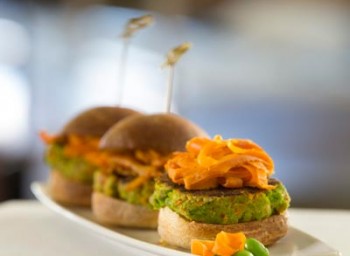
Recipe: Edamame Burgers Topped with Sumac-Spiced Carrot Peels
- Blog
This burger made of millet and edamame is a nutritious and planet-friendly alternative to ground beef. Using carrot peels as a topping also helps to avoid unnecessary food waste.
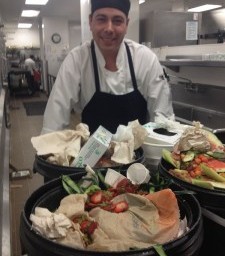
Bon Appétit at VMware Now a Certified Green Business
- Blog
It’s not easy being green, as a certain frog once sang, and it’s even less easy getting your practices certified green. But that’s exactly the feat that BonAppétit at VMware in Palo Alto, CA, accomplished in February, when it became a Bay Area Certified Green Business.

Wasting Food is Not Sustainable
- Blog
In the United States, 40% of food goes uneaten. Just so we’re clear, that’s nearly half. Yet one in every six Americans lacks a secure supply of food. Waste is happening at every part of the supply chain: thousands of pounds of fresh vegetables are being left in the fields to rot, blemished produce are being tossed at our supermarkets, restaurants are dumping perfectly good leftovers, and consumers are letting food waste away in their refrigerators. Clearly, we have a problem.

This Fuelish Fellow Commutes on Veggie Oil
- Blog
Since I first heard it was possible, it has been a dream of mine to own a car that runs on waste vegetable oil — burning a resource widely regarded as trash. Starting last summer, I was finally able to make that dream a reality.
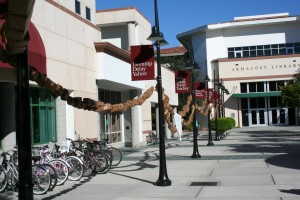
A Shocking Display Gets University of Redlands To Think Twice About Disposables
- Blog
Students at the University of Redlands spend a week each semester to host fun activities that raise environmental awareness and inspire action on campus. The most recent Green Week coincided with Food Day so Bon Appétit was invited to co-host an event with a coalition of environmental organizations that focused on waste and the food system. Students and staff strung 1,050 disposable to-go boxes around Hunsaker Plaza to show people how much ends up in the landfill every day on campus and the students asked people to pledge to only use to-go boxes when actually on the go.
The idea for the event was conceived when students learned that on average 5,250 disposable to-go boxes end up in the landfill each week and approximately $25,000 is spent on those boxes each semester!
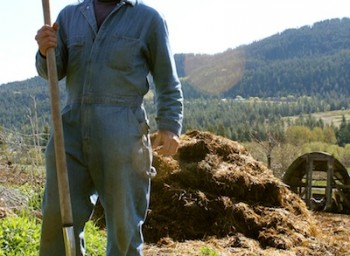
My Week at Quillisascut: Why Everyone Should Go to ‘Farm School’
- Blog
Since I moved to Seattle a year and a half ago, there’s no farm whose name has come up more than Quillisascut, located in the foothills of the Huckleberry Mountains in Rice, WA. And since I visit farms as Bon Appétit Management Company Foundation’s West Coast Fellow, I have lots of conversations about food and farming. Quillisascut is a cheese company, selling what they call “traditional farmstead cheese from the pampered pets of Pleasant Valley,” but it’s also a school for the domestic arts. After completing a five-day “Introduction to Farming” workshop at Quillisascut recently, nicely documented by Farmgirl Gourmet, I understand why this farm school is so beloved by food service professionals, healthcare students, farmers and aspiring farmers, vacationers, and other “co-producers” (as Slow Food and the farm’s cookbook, Chefs on the Farm refer to us “eaters”). Attendees from […]
